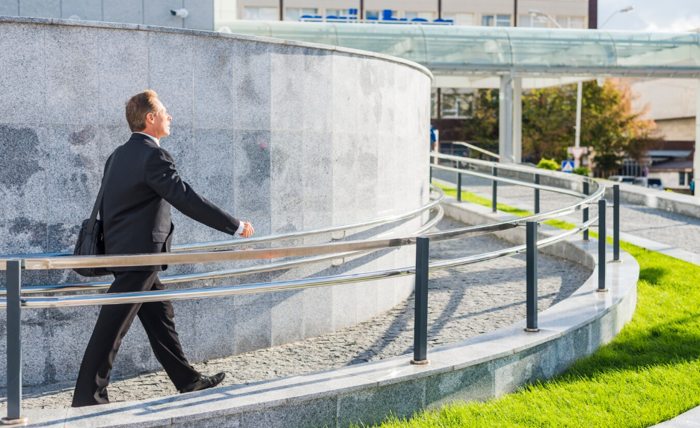Industrial milling is a critical process in the minerals processing industry, where the goal is to achieve fine grinding of materials. Efficiency in this process not only affects the quality of the finished product but also has significant implications for operational costs and energy consumption. A pivotal component that plays an essential role in the efficiency and functionality of industrial mills is the ball mill liner. These liners are fundamental in determining how well a mill operates, with direct consequences for the productivity and profitability of milling operations.
Understanding the Role of Ball Mill Liners
Ball mill liners are protective coatings that are inserted into the interior of the mill’s cylinder. They protect the mill from the intense wear and tear that comes from grinding down hard, raw materials. But liners do more than just protect the mill’s shell: they also improve the motion of the grinding media, which helps to enhance the grinding and comminution of materials.
The Impact of Liner Design on Mill Performance
The design of a ball mill liner directly influences the performance characteristics of the mill. The shape and material of the liner are designed to promote the best grinding action and protect the mill at the same time. High-quality liners are designed to provide the best lift and trajectory for the grinding media, leading to optimal impact and shearing forces on the particles being milled. This precise interaction between the grinding media and the liner is what allows for fine grinding of materials to achieve the desired consistency and size.
Characteristics of High-Quality Ball Mill Liners
When we talk about high-quality ball mill liners, we are referring to products that exhibit a combination of longevity, efficiency, and safety. Quality liners are durable and have a long service life, minimising the frequency of replacements. They contribute to the optimal milling of materials, providing a uniform wear rate and consuming less energy in the process. They also feature designs that prioritise the safety of operators by reducing the risk of liner breakage and the potential for grinding media ejection.
Material Selection for Maximum Durability
The material composition of a ball mill liner is a central element in its longevity and effectiveness. Liners can be made from various materials, including manganese steel, alloy steel, rubber, and composite materials. Each of these materials has unique properties that work in different milling conditions. For instance, manganese steel is known for its high impact strength, making it ideal for mills performing heavy-duty grinding tasks. Selection of the right material for a specific grinding environment is vital for extending the lifespan of the mill and reducing maintenance needs.
Enhancing Efficiency with Advanced Liner Technology
Advancements in liner technology continue to push the boundaries of what is possible in terms of mill efficiency. Innovative liner designs integrate enhanced protection for the mill shell with profiles engineered for optimum grinding efficiency. Customised solutions can accommodate milling patterns and preferences depending on the type of material being processed, further optimising performance.
The Value of Customisation in Liner Design
Every milling application is unique, and as such, there is significant value in customised ball mill liner designs. Tailoring the liner to suit specific operational parameters can result in enhanced grinding action, reduced energy consumption, and improved throughput. Custom liners are designed following a thorough examination of the milling process, taking into account the characteristics of the mill, the type of material being milled, and the targets for particle size distribution.
Maximising Productivity with the Right Liner Partner
Selecting the right partner for your ball mill liner needs is crucial for ensuring the maximum productivity and efficiency of your operation. An experienced manufacturer can provide tailored solutions and offer support throughout the lifecycle of the product. Their expertise in material technology and liner design is invaluable in optimising the milling process. Moreover, a reputable supplier will guarantee high standards of quality and ongoing service for their products.
Consistent Performance and Operational Benefits
A consistent, high-performing ball mill liner not only affords excellent protection to the mill’s shell but also contributes to operational benefits. Using superior liners helps to reduce downtime and maintenance, improve throughput, and lower energy consumption. In the long run, this translates to a healthier bottom line, with cost savings on multiple fronts. It is an investment in efficiency that pays dividends over time.
Conclusion
The role of quality ball mill liners in industrial milling cannot be overstated. They are the unsung heroes of the milling process, providing a host of benefits that bolster productivity and efficiency. From the standpoint of operational continuity, these liners contribute significantly to the seamless and cost-effective function of mills. By selecting high-quality liners and partnering with experienced suppliers, milling operations can enhance their performance and extend the lifespan of their equipment, ultimately contributing to the overall success and profitability of their operations.
Ultimately, the right ball mill liner is a crucial investment for any mill operator looking to optimise their milling processes. It is the foundation for a well-operating and efficient milling system that delivers consistent product quality and maintains high levels of productivity, all while managing operational costs effectively.


